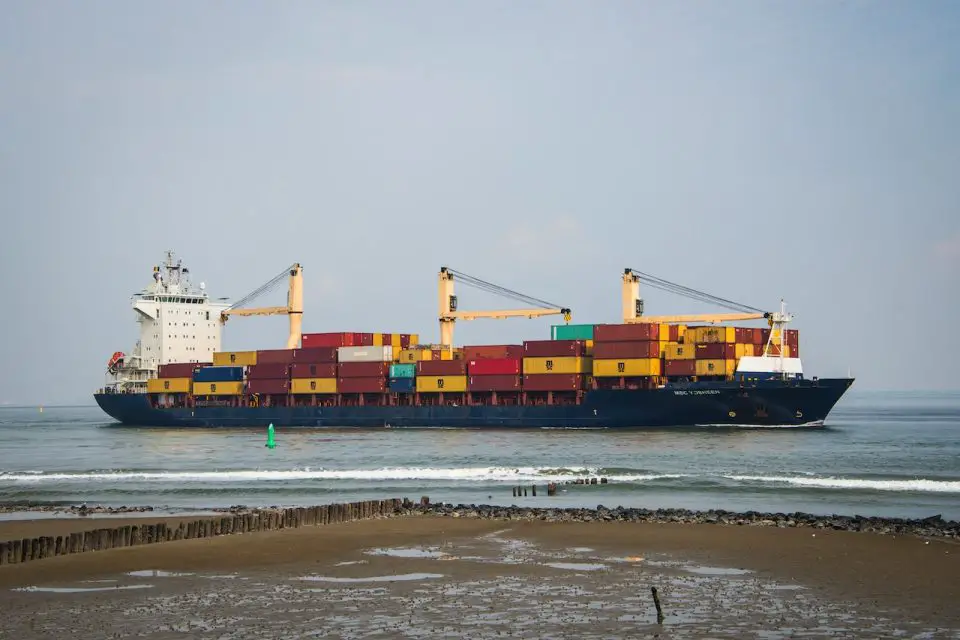Russia’s recent decision to impose a ban on the export of diesel and gasoline has sent ripples through the global fuel market., sparking concerns about potential disruptions in supplies as winter approaches. The impact of this ban, which took effect on September 21, hinges on its duration.
Data from Vortexa reveals that Russia has been the world’s leading seaborne exporter of diesel-type fuel, shipping over one million barrels daily this year. This abrupt halt in supply, equivalent to Germany’s entire demand, has sent shockwaves across various sectors, including shipping, trains, farming, manufacturing, and construction.
Eugene Lindell, the head of refined products at FGE consultancy, noted, “It all comes down to the duration,” suggesting that Russian refineries could operate for about a month before storage constraints necessitate shutdowns.
Russia attributes this temporary ban to curbing rising fuel prices domestically. However, the challenge lies in absorbing this surplus domestically, as some barrels can be stored, and ongoing refinery maintenance provides some relief. Yet, there’s an inevitable crossroads where Russia must either resume exports or reduce refinery output, potentially triggering a gasoline shortage at home.
Koen Wessels, an oil products analyst at Energy Aspects, anticipates a relatively short duration for the ban, echoing sentiments that it won’t be a prolonged measure.
While the diesel market saw a spike in key metrics following the supply loss, traders exhibited a degree of skepticism regarding its tangible impact. In northwest Europe, the ICE Gasoil crack, a benchmark for diesel futures, surged temporarily, breaching $37 a barrel and attaining a five-day high.
Pre-existing strains on global diesel supplies, attributed to OPEC+ crude oil cuts and heightened demand for refined petroleum, were further exacerbated by plant outages.
Before the Ukraine conflict, Russia predominantly directed its seaborne diesel exports toward European nations. However, sanctions reshaped global trade flows, diverting shipments to nations like Turkey, Brazil, Saudi Arabia, and Tunisia.
Nonetheless, it is unlikely that these countries will bear the full brunt of the supply cut. The diesel market is interconnected, allowing non-Russian suppliers to redirect cargoes to regions facing unexpected shortages.
The ban’s enforcement on September 21 was not an immediate, hard cessation. Fuel cargoes accepted for shipment by Russian Railways or those with loading documents for seaborne transportation can still be exported. This suggests a gradual decline in diesel flows as existing cargoes are shipped.
Exemptions have been granted for minor supplies, including those to trade alliance partners from former Soviet republics, intergovernmental agreements, humanitarian aid, and transit.
When Russia’s ban on diesel export eventually lifts, there’s a potential risk of a swift resurgence in Russian supply, as exporters seek to clear accumulated inventory. This dynamic could further influence global fuel prices and market stability.
Source: Bloomberg

